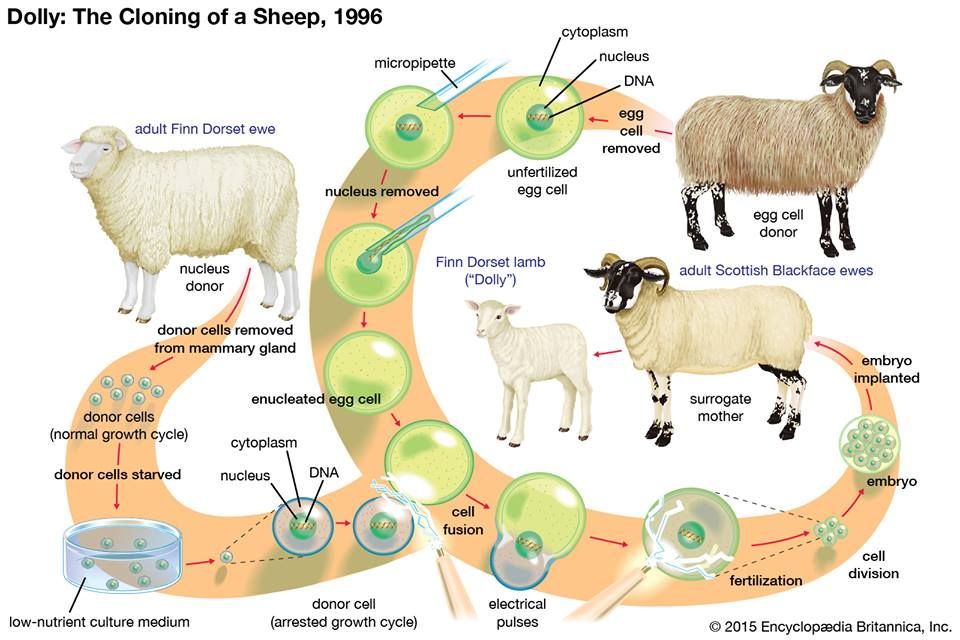
Cloning is a technique that copies the cell information from a living host to produce new life. The host is used to collect the cell information, which is eventually inserted into an embryo that goes through a typical development cycle. Once a person is born, they are a physical representation of the host from whom the cell data was extracted.

Cloning appears to be a promising approach to restoring populations, as many organisms in the world are near endangerment and extinction. Cloning can even help increase the diversity of genetic traits by using the genetic information of already deceased species.In addition, the successful resuscitation of extinct animals by cloning will enable researchers to fully understand the organisms as living things rather than just examining their remains. Despite being viewed as an artificial reproduction method, cloning frequently occurs in the wild. Asexual reproduction, the earliest type of cloning, is displayed by a wide range of creatures, including insects and bacteria.Cloning would enable same-gender couples to conceive a baby who was genetically their own as compared to using semen or egg banks to produce an embryo that could have been carried to term. Except for the first fertilization procedure to make the embryo, direct insertion of adult somatic cells in a woman wouldn’t even need a male donor. The same would apply to men and the egg that needs to be fertilized.Due to any reason, if there is a need for an organ transplant, Cloning can be counted as a saviour process, especially in cases where an organ is not available. Through the process of genetic cloning, researchers can create and harvest new, fully functional organs using only a small number of cells from a particular organ. This is really helpful, especially with a large number of individuals on waiting lists for organ donations.Consider the scenario of an organ failure, itwould be a simple solution to the existing problem of organ scarcity. In order to treat diseases and genetic problems, the cloning technique might potentially be utilized to fix existing cells or create new ones to replace lost or damaged ones.

According to many scientists, cloning has not yet reached a point where it can be effectively applied to help preserve species. In fact, some scientists do not even accept cloning because it ignores the primary causes of extinction in the initial place, which are habitat degradation and hunting.Additionally, critics claim that although cloning could be useful in emergency situations, the methods now in use to accomplish these objectives are regarded as insufficient to have any meaningful impact. Cloning vulnerable species is thought to be much more difficult than doing it with domesticated organisms (like cattle), and it would likely take years (or perhaps decades) to complete. Numerous attempts to bring back extinct and endangered animals have failed for a variety of reasons. Still, they have always shared one significant flaw that they were not exact clones of their claimed relativesClones will not have the same behavioural traits despite both having the same genetic structure. Apart from that, there is no guarantee of their physical similarity. It is significant to remember that these traits are not solely determined by genetic structure. Naturally, there is a very strong probability that a pair of clones would experience different habitats and nutritional burdens, establishing unique modifications and contributions to each.The ethical issues with cloning are one of the most persuasive arguments against it. Critics claim that even the simple act of producing clones involves the exploitation of life, apart from the idea of controlling living organisms.

